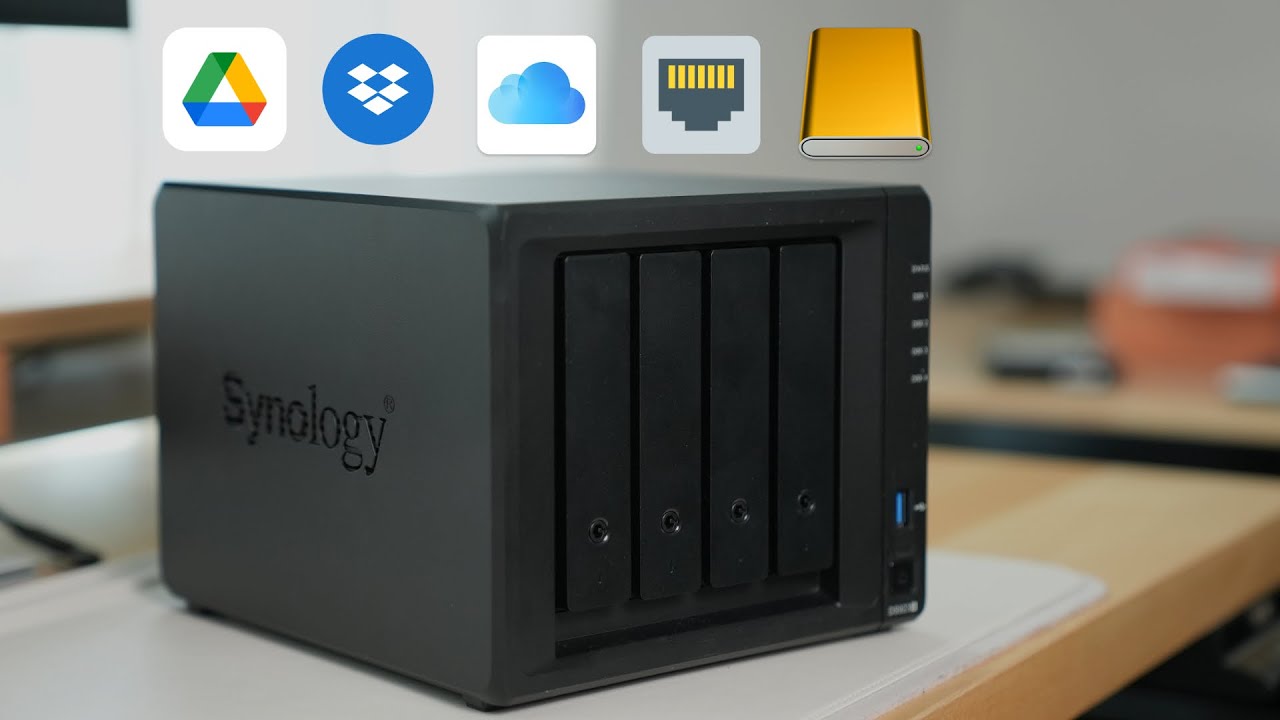Acronyms, initialisms, abbreviations, contractions, and other phrases which expand to something larger, that I’ve seen in this thread:
Fewer Letters More Letters NAS Network-Attached Storage Plex Brand of media server package RAID Redundant Array of Independent Disks for mass storage SATA Serial AT Attachment interface for mass storage SSD Solid State Drive mass storage
[Thread #275 for this sub, first seen 12th Nov 2023, 02:20] [FAQ] [Full list] [Contact] [Source code]
What mistakes are you going to make “building” a Synology? Getting ATA drives?
The biggest mistake users will make is thinking their data is safe JUST because they have a NAS or a RAID. It’s common parlance in Systems Administration that RAID is NOT backup.
To wit— not truly understanding RAID and how it relates to capacity, parity, and especially the time required to rebuild in failed disk situation. It is a crucial mistake to use RAID 5 with greater than 2TB disks, and even that is pushing it, but RAID 5 is at least in the zeitgeist.
There are also some outside concerns such as Drive batch dates and knowing to pre-purchase spare disks well in advance that may hamper recovery.
I am currently using 2 16TB drives in Raid 1 and was planning to move to Raid 5 (or maybe it was 6) if I need more storage by adding a 3rd drive.
What would you recommend instead?
RAID5 is risky on drives that large, there’s a decent chance of a read error during a rebuild.
RAID6 will provide more protection but you lose two drives worth of capacity to the parity data. I’m not sure if a three drive RAID6 is actually possible but a three way mirror would be more sensible as you’ll avoid the extra computation of parity calculation.
Imo RAID6 starts to make sense in an array of 5 or more drives.


